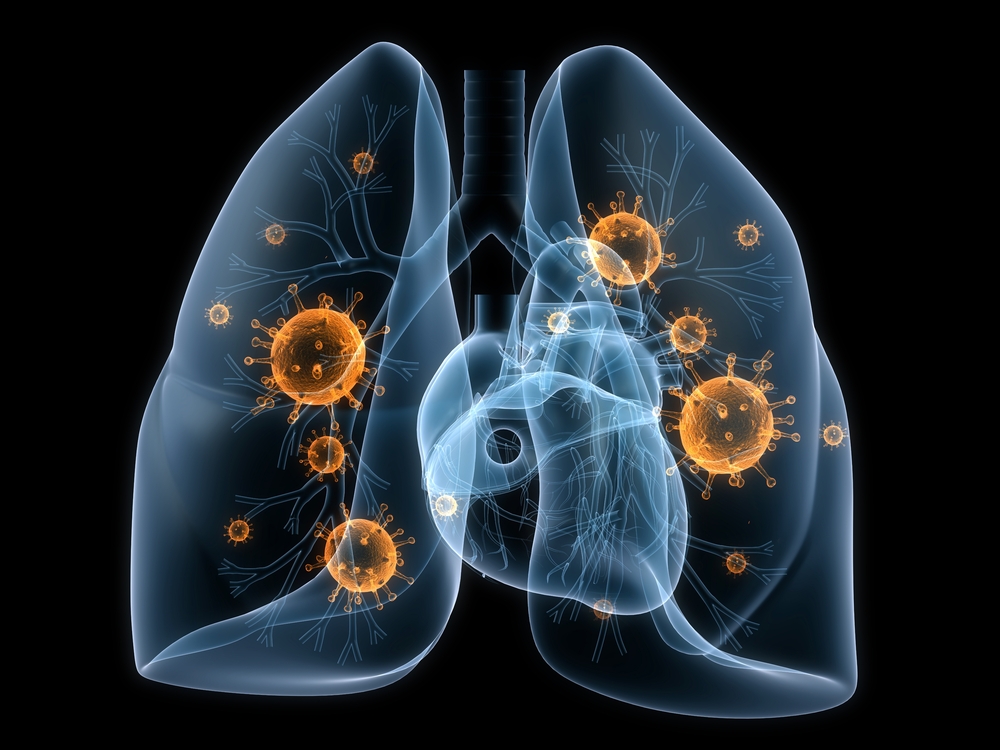
As professionals in the medical field, we take for granted the knowledge we have acquired while in school or through our clinical experiences. Certain medical illnesses or conditions we may feel are common knowledge, the general public may not be as familiar with or even considered common to them. A great example of this is the topic of pneumonia. Patients will frequently come into the urgent care and emergency rooms with a true fear that they have pneumonia. This fear seems to be perpetuated by misinformation or an overall lack of knowledge regarding critical facts about what the condition is. A major component of our positions is not only to discover and diagnosis illness but also educate our patients about these illnesses in the process. Today I’d like to discuss some of the key points surrounding Pneumonia, including what it is, what causes it, how it presents itself, how to diagnose, and how to prevent it.
Pneumonia is an infection of the air cells in the lungs. The infection can be unilateral or bilateral, multifocal or singular. It can be viral, bacterial, or fungal. It can sometimes show up on x-ray and sometimes might not. It may not be a simple diagnosis to make because it is not cut and dry. A large misconception about pneumonia is that is more prevalent in the elderly population. The truth is that pneumonia can affect all age groups. However, those who are greater than 65 years old and infants are more likely to have more serious complications from the infection. According to the WHO, World Health Organization, pneumonia accounts for 14% of all deaths in children under 5 years old. On average pneumonia can cause 50,000 deaths each year. The most common bacterial pneumonia is pneumococcal and the more common viral pneumonia come from RSV, influenza and covid-19. This year we have seen a dramatic increase in RSV infections requiring hospitalization in both the elderly and pediatric population.
So what do we look for? A common misconception is that patients have to be very sick appearing to have pneumonia. This is false. Symptoms can range from the severe to mild. Severe symptoms include cough, fever, chills, wheezing, hypoxia, and sputum production. While more mild symptoms may consist of feeling simply fatigued or generalized malaise. There are some who may require hospitalization and intervention, and others who are sick but do not require bedrest, hence the term walking pneumonia.
Now that we understand the variety of symptoms our patients can present with; how do we diagnose? We first look at how the patient appears and their vital signs. Are their oxygen levels low? Do they have a fever? Are they ill-appearing? After we establish that their symptoms are suspicious for pneumonia, we can use other tools to help us make the diagnosis. These include both lab testing and imaging. Lab testing includes your basic blood testing including CBC, and CMP and more specific testing such as procalcitonin, sputum analysis, and blood cultures. In urgent care we are limited and more likely will not be ordering such lab tests. However, we are able to evaluate by ordering an x-ray. Chest x-rays are the gold standard in the diagnosis of pneumonia. When investigating for pneumonia on chest x-ray we are looking for infiltrates. Infiltrates are the appearance of shadows that may represent bacteria, fluid, plus and other abnormalities in the lungs. They can vary from being every small, to large consolidations. For example, Covid pneumonia can cause multiple scattered small patches throughout both lungs appearing like ground glass. Whereas other types such as mycoplasma or atypical pneumonia, might not show anything at all. Therefore, to make a diagnosis it takes seeing the patient as a whole. Taking in their appearance, knowing their symptoms as well as evaluating their imaging.
How can it be prevented? Like most illnesses the prevention of pneumonia starts with lifestyle changes. It starts with cutting out bad habits including smoking and alcohol abuse. Exercise and good nutrition can also play a role. And finally immunization. There are vaccines for pneumococcal pneumonia, covid-19 and influenza. By vaccinating ourselves and those that are higher risk of severe disease we can lessen the morbidity and mortality of pneumonia as a whole.
In conclusion, we should all now have a deeper understanding of what pneumonia is, how to diagnose it and how to recognize its severity. It is now our duty to spread that knowledge to our patients and give them the tools necessary to identify this illness. One of the most difficult aspects of being a healthcare professional is attempting to educate the general public when they already have preconceived ideas about certain disease states. These preconceived ideas or stigmas can be a difficult obstacle. However, it is important for us to break those stigmas and overcome those obstacles; to educate the public to the best of our abilities. So we can ultimately lessen the detrimental impact this illness may have.
